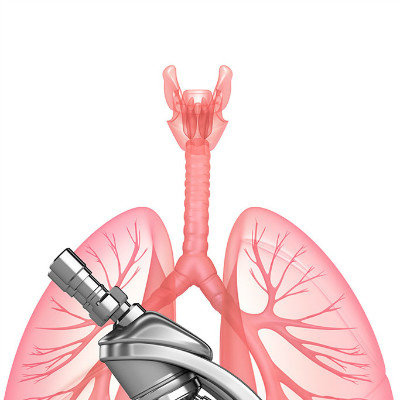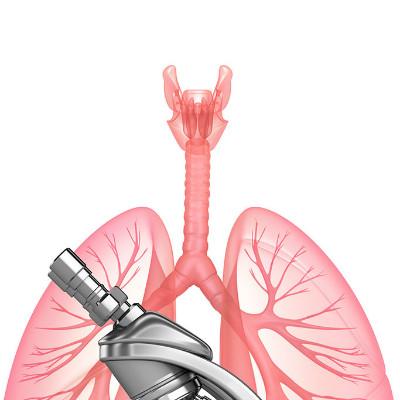What symptom does fetal distress pregnant woman have?
summary
Although fetal distress is often mentioned by people, there are still many people who do not know what symptoms pregnant women will show when the disease occurs. According to experts, we must learn more about diseases during pregnancy. So, what are the symptoms of fetal distress? Now, let's take a look at it.
What symptom does fetal distress pregnant woman have?
1. The first signal of fetal distress is tachycardia 160-180 beats / min. the duration of this stage is very short. With the further aggravation of hypoxia, the fetal heart rate gradually slows down to 119-100 beats / min, followed by arrhythmia, bradycardia is more significant, the fetal heart rate is less than 99 beats / min, the heart sound is strong and weak, and finally the heart rate becomes slower and slower, and the arrhythmia is more serious, The heart sound gradually became low and weak, and the fetus was on the verge of death.

2. Meconium stained amniotic fluid often causes anal sphincter relaxation and intestinal peristalsis enhancement when the fetus is anoxic. Meconium stained amniotic fluid may result in meconium stained amniotic fluid. However, meconium stained amniotic fluid may not cause fetal distress. In recent years, through full-term animal fetal experiments and observation of pregnant women, meconium excretion may improve the intestinal excitability due to the effect of intestinal hormones, Therefore, fecal staining of amniotic fluid is not a specific manifestation of fetal distress. It should be comprehensively analyzed in the process of labor. According to the dynamic observation of early fecal staining of amniotic fluid and the degree of fecal staining, it is still an early signal of fetal distress.

3. The number of fetal movements varies greatly from individual to individual, and generally fluctuates between 30 and 100 times / 12h. Many factors can affect fetal movements, such as lying on the back, sound, light stimulation and abdominal touch, which can increase fetal movements. However, about half of the decrease in fetal movements is due to fetal distress. Therefore, the feeling of pregnant women to the fetus can be used as an index to judge the fetal intrauterine state, If the number of fetal movements within 12 hours is less than 10, it indicates that the fetus is lack of oxygen. Generally, when the number of fetal movements per hour is less than 3, we should be alert to the occurrence of hypoxia distress.

matters needing attention
Every breath and breath of the fetus is the flexibility of life, and every move of the fetus is the reaction of its health. If pregnant women feel unwell, whether it is psychological or physiological problems, should be dealt with in a timely manner. If the reason is not clear, they should go to the hospital for examination, conditioning and treatment under the guidance of doctors.















